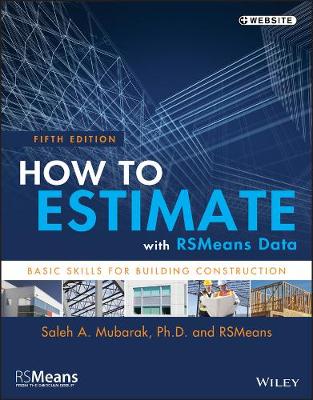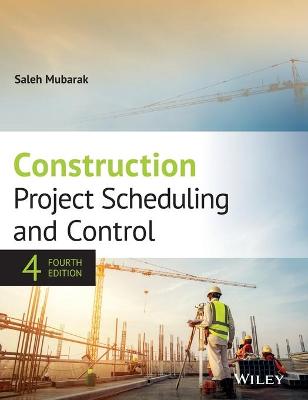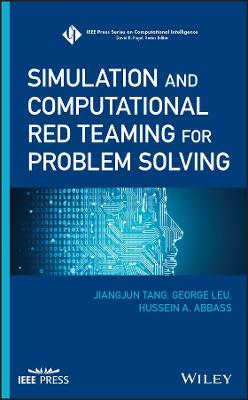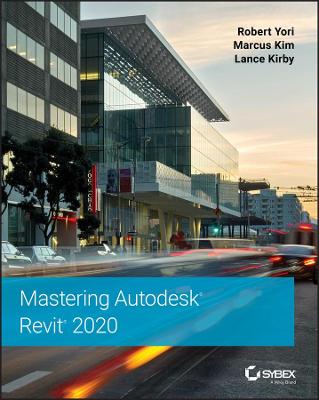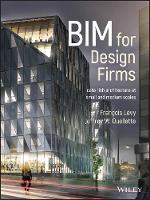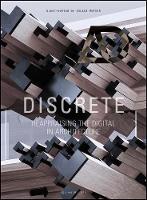BIM Handbook, 3rd Edition
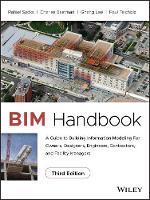 -15%
portes grátis
-15%
portes grátis
BIM Handbook, 3rd Edition
A Guide to Building Information Modeling for Owners, Designers, Engineers, Contractors, and Facility Managers
Eastman, Chuck; Lee, Ghang; Sacks, Rafael; Teicholz, Paul
John Wiley and Sons Inc
07/2018
688
Dura
Inglês
9781119287537
1119287537
15 a 20 dias
1496

